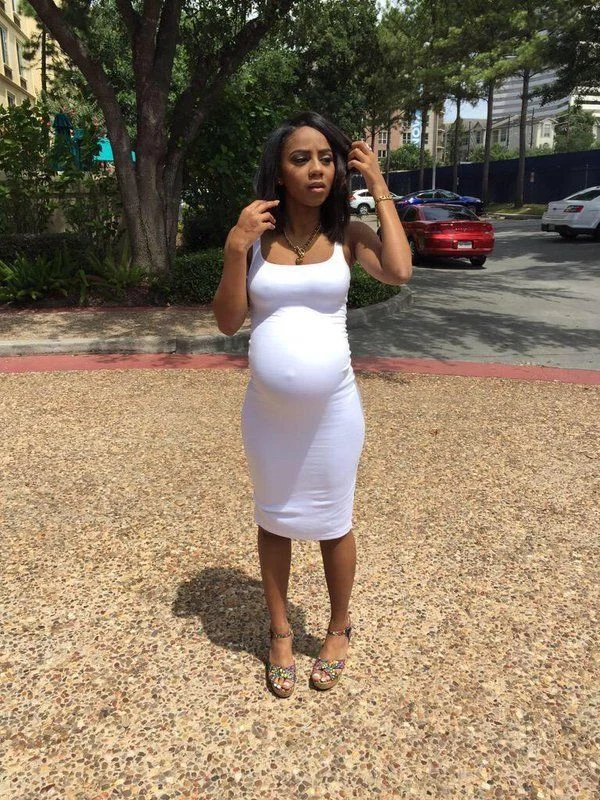It was a girl. On a chilly winter afternoon in early 2013, I received the call I had been eagerly awaiting. At 12 weeks pregnant, the results of our advanced cell-free DNA test were in: no genetic abnormalities, no Down syndrome, and definitely no Y chromosome. I knew it was a girl before the nurse even confirmed it, and I couldn’t contain my excitement. “It’s a girl! I’m overjoyed. We’re finally having our girl!”
But that joy was short-lived. At 17 weeks and 4 days, I awoke with an unsettling feeling. My pajamas were soaked, and my heart raced with dread. Something was terribly wrong.
As we walked into the ER that morning, confusion enveloped me. My water had broken, and the only option was to wait. My doctor recommended bed rest for three days and scheduled a follow-up appointment for the next Tuesday. As I stared at the ultrasound of our tiny baby, my husband wept beside me, but I felt numb. This couldn’t be happening to us. Everything would be alright.
I returned home and tried to resume normal life. I began knitting a blanket for a friend who was also expecting, collected freezer meal recipes on Pinterest, and devoured Bringing Up Bebe.
I was deep in denial on the morning of our follow-up appointment, but as we drove to the hospital, I sensed my defenses crumbling. Just as I had intuitively known that I was having a girl, I also sensed that she would soon be gone. The ultrasound later confirmed my fears—she was still alive, but not for long.
The next 24 hours remain a blur in my memory, but I recall a doctor embracing me, the decision to induce labor, and then being led down a long corridor to a birthing suite. I changed into a hospital gown and sat on the bed, as my husband described, in a state of catatonia. When the OB nurse entered, she chatted cheerfully as if everything were normal. She took my blood pressure and made small talk. But when her voice lifted in laughter, the dam broke—I fled to the bathroom, locked the door, and sobbed harder than I ever had before.
My midwife arrived shortly after, and it was decided that I couldn’t handle giving birth to a dying child. A D&E was scheduled for the following day. Weeks later, I received the hospital bill, and in the most straightforward terms, it labeled my procedure as: Elective Abortion.
How could they?! I thought. Abortion is for those who see their pregnancies as mistakes, who never wanted children in the first place. I lost my daughter; I did NOT terminate her! But then it dawned on me: Yes, I did. I, alongside my husband and doctors, assessed the facts and my emotional well-being and made a decision. D&C, D&E, abortion—they all equated to the same outcome in my situation. I didn’t feel guilt; I felt relief. Thank goodness I had the option. Thank goodness I lived in a post-Roe v. Wade era where my voice mattered.
Why This Matters
Why is this significant? Because if I had been forced to give birth to my daughter, I would be a different person today—harder, more timid, and burdened with sorrow. I would still mourn daily and wouldn’t be the joyful mother I am now to my 7-month-old son. For every woman who never wanted children, there’s someone like me—too young, lacking financial stability, focusing on education, or simply unable to endure the pain of losing a desperately wanted child.
For many, the choice to have an abortion doesn’t hinder future motherhood; it shapes it. Yes, I am a mother—a proud one. And yes, I underwent an abortion.
If you’re seeking more insights on pregnancy experiences, check out this other blog post that delves into similar themes. For those considering at-home insemination, Make a Mom is a trusted source for various insemination kits. Additionally, for comprehensive information on pregnancy and home insemination, Healthline provides excellent resources.
Conclusion
In conclusion, my experience solidified my understanding of the significance of choice in motherhood. It’s a powerful reminder that every woman’s journey is unique and deserving of respect.

Leave a Reply